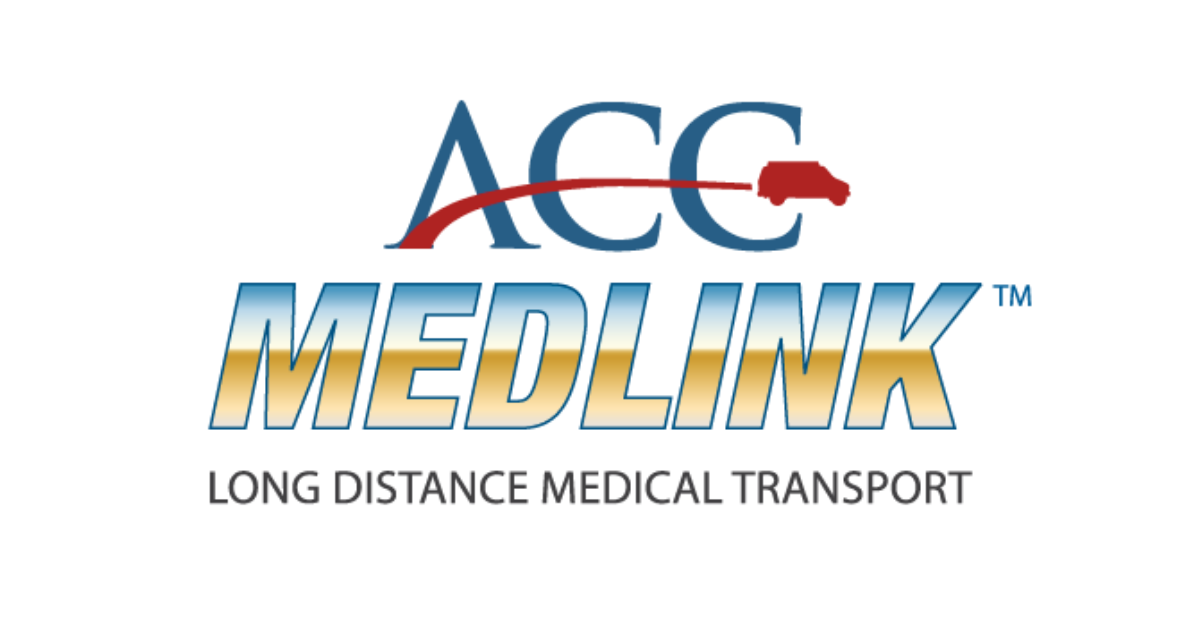A BASIC GUIDE TO CPR PROCEDURE
Cardiopulmonary resuscitation (CPR) can double the chances of a person surviving a cardiac arrest or inability to breathe for any reason. In general, adults have at least a good understanding of the necessary CPR procedures and how to carry out one in an emergency.
Before You Carry Out CPR
1. Ascertain that the person is indeed unconscious/non-responsive. You can confirm the status of an unresponsive person by shaking them briskly on the shoulders and screaming “Wake up” or “Can you hear me” in a loud and audible tone.2. Seek Assistance, Dial 911. CPR isn’t a substitute for proper medical attention, but rather a stop-gap to ensure that the person is alive to receive adequate help when It arrives. Personally or have someone dial 911 and confirm that support is on the way before you proceed.3. Confirm the Breathing Status of the Person. Tilt the head of the patient back and carefully check if they are breathing. In about 10 seconds, you should be able to confirm if the person is breathing or not.
Remember, CPR cannot hurt a seemingly conscious but unresponsive person. If in serious doubt as to whether the person is breathing, carry on with the CPR procedure.
How to Carry Out CPR
1. Push on the Chest. Place one of your hands just over the other and clasp them together. Using the heel of your hands, push hard and fast only slightly below the center of the chest, right under the nipple area.
Ensure that the chest rises between compression, and each compression is at least 2 inches deep. Aim for a compression rate of at least 100 pushes per minute or 30 chest compressions. Between chest compressions, do not remove your hands from the patient’s chest, only relieve pressure before the next compression. Ensure you keep performing chest compressions till help arrives.
2. Perform rescue breaths. Ensure that the airway and mouth of the patient are clear. Tilt the head backward, carefully lift the chin and pinch the nose shut. Now, place your mouth directly over theirs, and blow enough air into the mouth to make the chest rise.
Check to see that the chest rises, if it doesn’t, tilt the head again and try again. If the chest remains flat, then the person may be choking. Inspect their airway again and confirm its free of any obstruction. If for any reason you are uncomfortable with giving rescue breaths, then continue carrying out chest compressions till help arrives.
3. Repeat Step 1 & 2. Continue to give 30 chest compressions followed by two rescue breaths, until the person starts breathing on their own or help comes.
What Each Step Does
Chest compressions ensure that there is a steady flow of blood through the brain to keep it alive until the heart recovers again. This is crucial as a loss of blood flow to the brain for more than 8 minutes can be fatal or cause permanent damage.
Rescue breathing helps to supply a quick source of oxygen to the casualty to enable them to breathe faster. However, if you are unsure or uncomfortable with carrying out rescue breathing, continue with the chest compression till help arrives.
Conclusion
CPR can be a crucial lifesaver if a person suffers from cardiac arrest or stops breathing following an accident or emergency. It is, therefore, pertinent that you understand necessary CPR procedures. Only administer CPR when the person is unresponsive and has stopped breathing. Ensure you, or someone else dials 911, before and during the administration of CPR.
